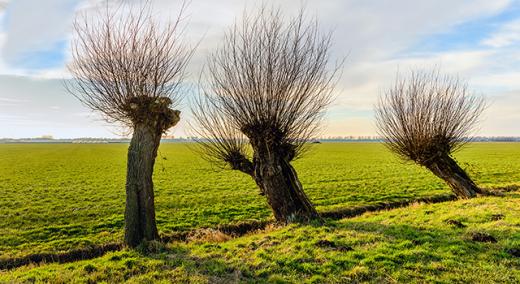What do the shape statistics known as skewness and kurtosis tell us about our data? Last month we saw how the average and standard deviation define the balance point and radius of gyration for our data. Once we have these two quantities the empirical rule tells us where the bulk of the data should be found. Here we look at the contributions of skewness and kurtosis.
|
ADVERTISEMENT |
In Statistics Summer Camp we used building blocks to create digital distributions. These digital models allowed us to see how the location and dispersion statistics work to describe the data. Here we will use the same four digital models to examine skewness and kurtosis. We use digital models because they not only provide analogs for the continuous probability models but also share the characteristics of actual histograms of data. For information on how to create these and other digital models please refer to the appendix of last month’s column.
…

Comments
Shewhart Haunt
Thanks Don for a great example that proves out Dr. Walter A. Shewhart's observations in his classic 1931 book, Economic Control of Quality of Manufactured Product (as you have written on in the past); p. 87, "In general , we shall find that the information contained in statistics calculated from moments higher than the second depends to a large extent upon the nature of the observed distribution; therefore, these statistics are somewhat limited in their usefulness. The really remarkable thing is that so much information is contained in the average and standard deviation of a distribution." As you know all too well, the first two moments. Getting software to make a simple run chart of our data as first step would be a great gift to those trying to make sense of data. Shewhart chart would be the next step up.
Value of skewness and kurtosis formulas
Dr. Wheeler, Thank you for highlighting the classic "Tail wagging the dog" role(pun intended) of the skewness and kurtosis formulas used by many popular software packages. The additional computations beyond location and dispersion add no real value.
Kurtosis usefulness for SPC
Since kurtosis measures anomalies, I would think the statistic would be especially useful for SPC. For example, if you have a bunch of variables in your data set, and you want to identify the variables exhibiting the more extreme anomalies, you could rank them by the kurtosis statistic, and then investigate the top few more carefully.
Add new comment